
|
Prefabricated Retentive Copings for Telescopic TRINIA™ Restorations
This video demonstrates the fabrication of telescopic TRINIA™ prostheses using cemented prefabricated retentive and non-retentive titanium copings on Bicon Universal Abutments, the fabrication of light-cured resin jigs used for the orientation and insertion of the abutments, and presents five clinical case studies highlighting the benefits of these innovative techniques. |
|---|---|
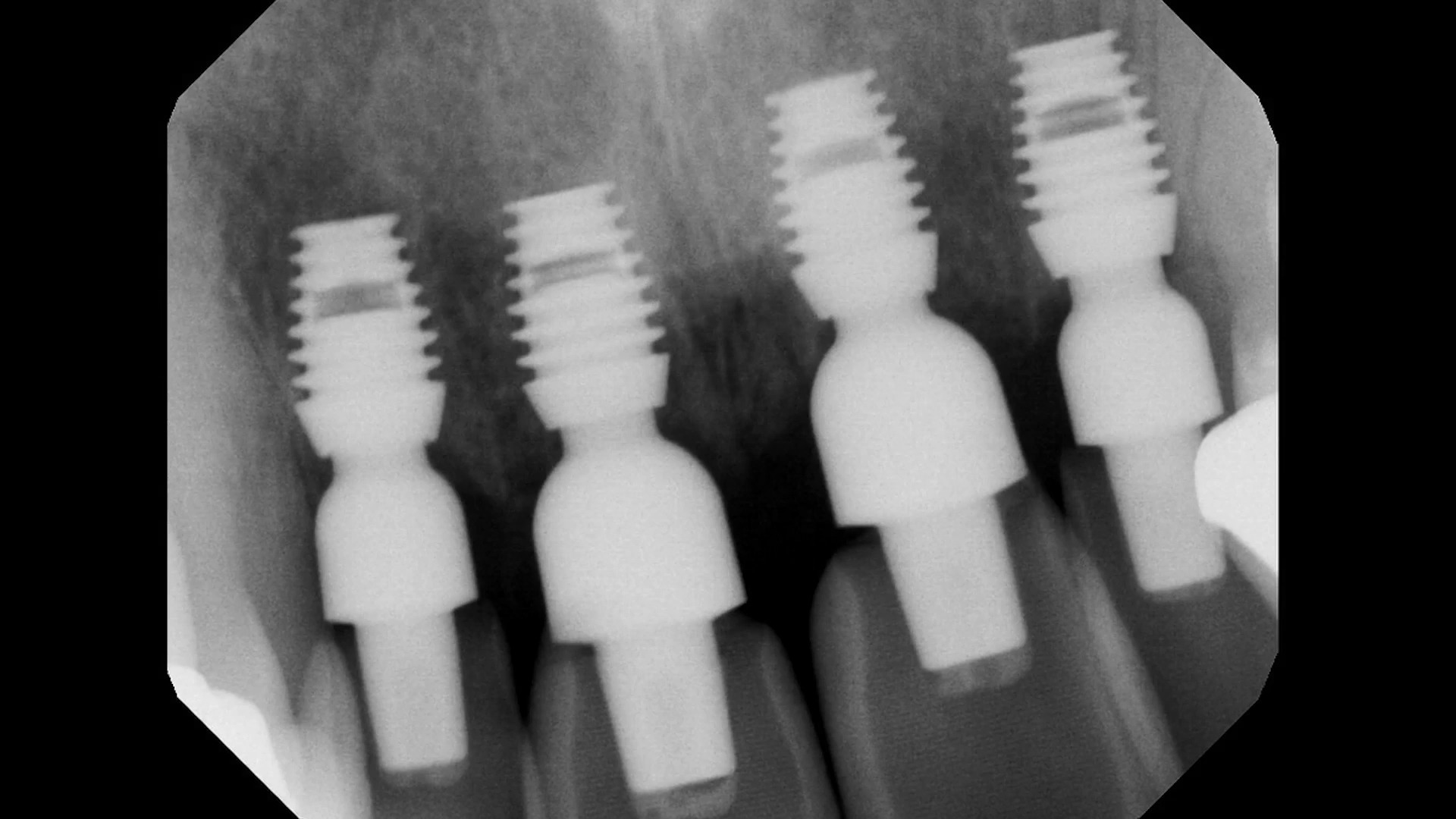
|
Immediate Placement and Loading of Four Maxillary Incisor SHORT® Implants
This case study video demonstrates the immediate placement and loading of four maxillary incisors with a TRINIA™ stabilization prosthesis, and their restoration with TRINIA™ polyceramic crowns for a 75-year-old man in four clinical visits. |
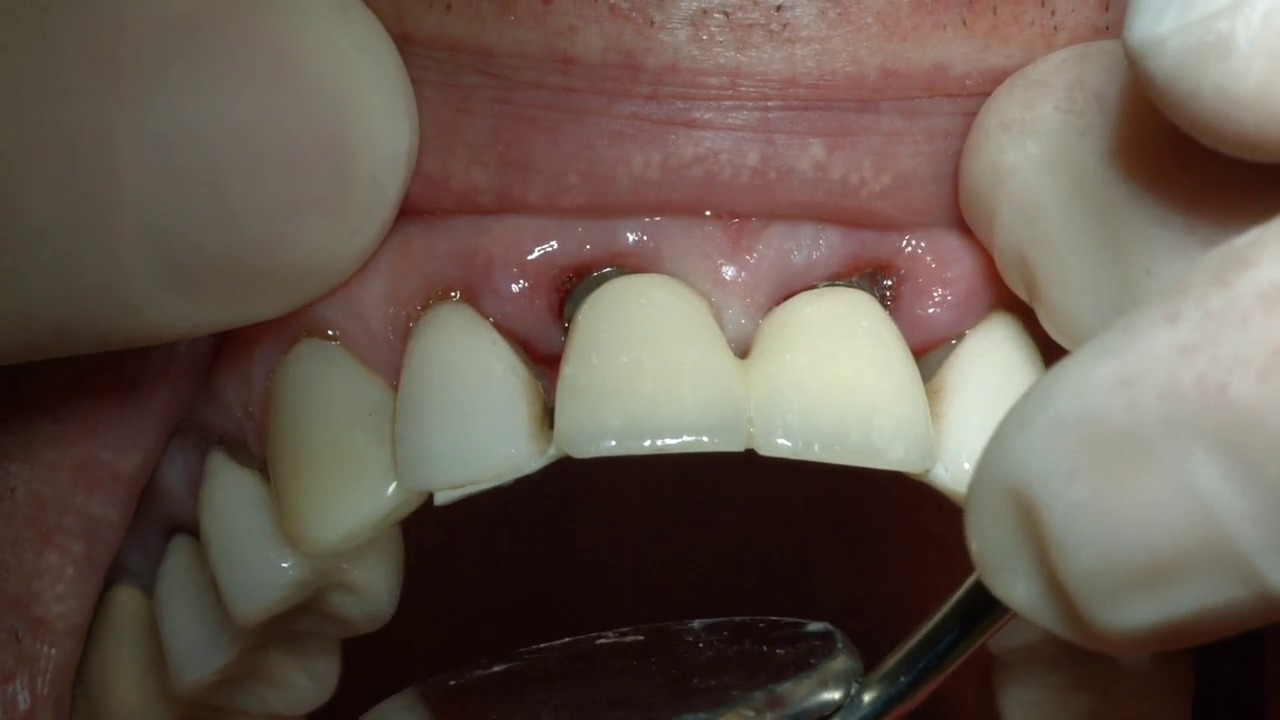
|
Bicon Immediate Loading Technique Using a TRINIA™ Stabilizing Prosthesis
In this video, Dr. Laura Murcko discusses a technique for immediately loading Bicon implants using a TRINIA™ stabilizing prosthesis with Bicon Universal Abutments and Temporization Sleeves. |

|
Full-Arch Telescopic TRINIA™ Prostheses
Join Dr. Laura Murcko for a comprehensive video case study demonstrating the clinical and laboratory procedures for the fabrication of maxillary and mandibular full-arch telescopic TRINIA™ restorations in only three clinical visits. |
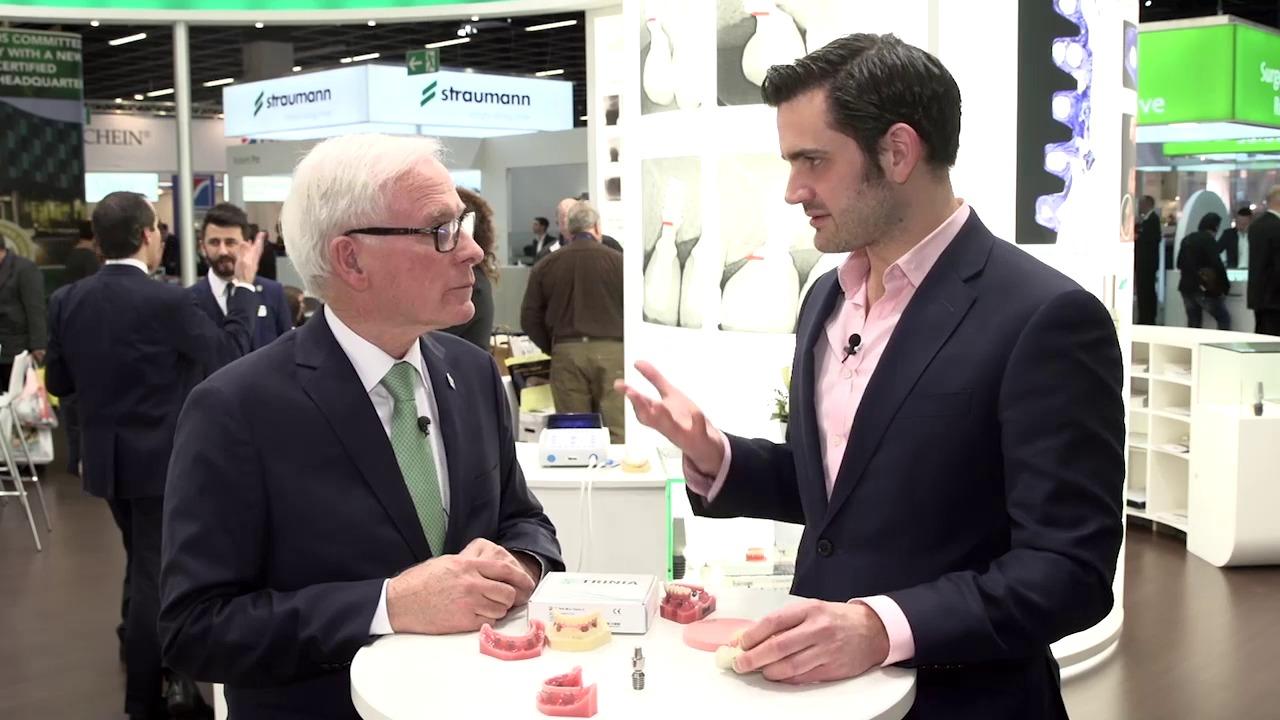
|
TRINIA™ Interview at IDS 2015
Join Dr. Chris Salierno from Dental Economics as he interviews Dr. Vincent J. Morgan at the IDS 2015 in Cologne, Germany about TRINIA™ — the innovative new dental CAD/CAM material. |
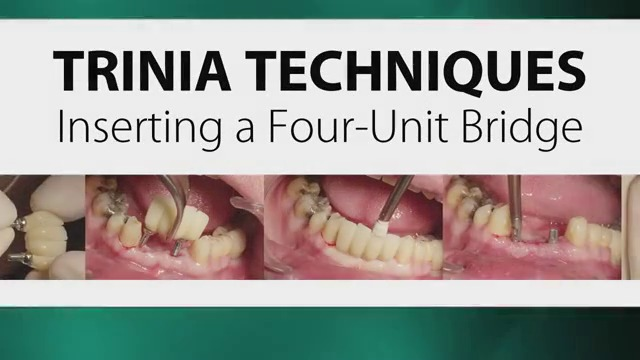
|
TRINIA™ Techniques: Insertion of a Four-Unit Bridge
This video demonstrates the insertion of a TRINIA™ four-unit anterior bridge on two Bicon SHORT® Implants. |
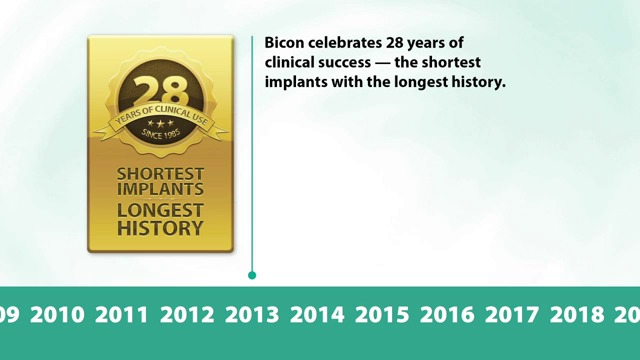
|
The History of The Bicon Design
The Bicon System has its origins dating back to 1968. Initial research was conducted at Battelle Memorial Institute in Columbus, Ohio by Thomas Driskell. The original implant design of Mr. Driskell used high density aluminum oxide as the implant material. In 1981, Driskell introduced an implant named Titanodont which was made from titanium alloy. Then, in 1985, he perfected his titanium implant design by patenting the DB Precision Implant, which is known today as the Bicon Dental Implant System. Whether Driskell knew it or not at the time he developed this implant system, his design coupled with the clinical support of Bicon has come to revolutionize implant dentistry by offering the innovations of SHORT® Implants, Integrated Abutment Crowns™, SynthoGraft™, and TRINIA™ and more. |
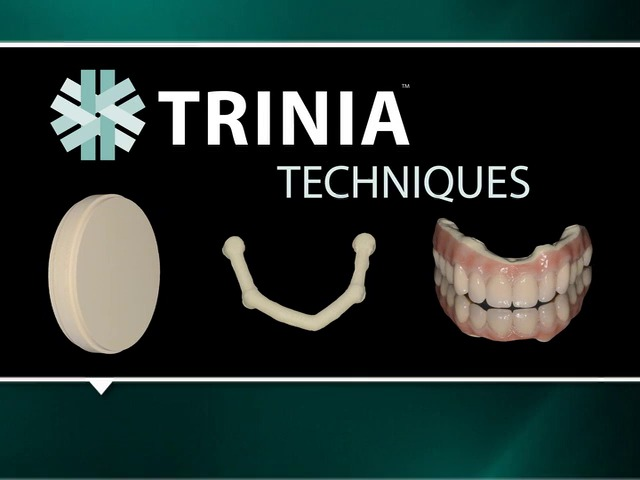
|
TRINIA™ Techniques
This video depicts clinical and laboratory techniques for TRINIA™ fiber resin fixed prosthetics. TRINIA™ is the solution for metal-free dental prosthetics. |